Reliability of Radioactive Transfer Models
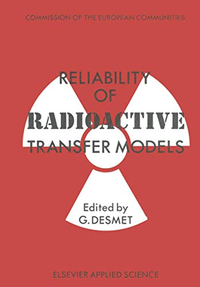
Summary
Assessment of the radiological impact of planned or existing practices involving the (actual or potential) release of radionuclides to the environment are largely based on the use of modelling techniques which allow prediction of the relationship between environmental levels and releases and the associated radiation dose to man. Models are imperfect means of representing environmental transfer processes, and it is essential to know the reliability which can be associated with the predictions of these models for each and every assessment situation. Such information is necessary in order to establish confidence in model predictions and, in particular, to allow adequate safety margins to be set in the design of nuclear facilities. This knowledge is also a prerequisite to determine release limits or to decide whether further research is justified in order to improve predictive accuracy. Therefore a number of distinguished pilpers have been presented during this workshop which focused both on practical aspects of variability of observations of facts occuring in nature, but also on learned aspects of the science of statistics. It is not very clear, however, whether much insight in mechanisms is gained by such an approach. This insight is probably rather reached by a straightforward judgment of the quality of the primary data and by the willingness to think over carefully the experiments and measurernents before doing them. The book is composed such as to give the reader the chance to quietly study the presented papers in good order.
Similar Books
-
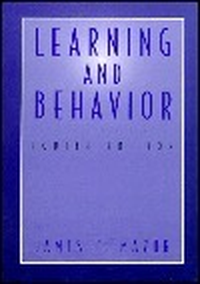 Learning and Behavior
Learning and Behaviorby James E. Mazur
-
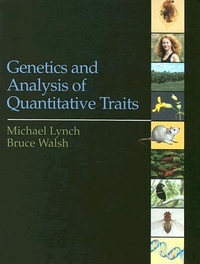 Genetics and Analysis of Quantitative Traits
Genetics and Analysis of Quantitative Traitsby Michael Lynch
-
 Lithic Debitage: Context, Form, Meaning
Lithic Debitage: Context, Form, Meaningby William Andrefsky Jr.
-
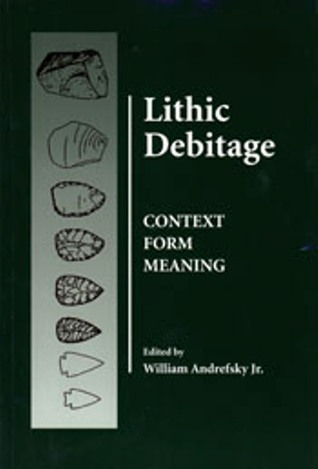 Lithic Debitage
Lithic Debitageby William Andrefsky Jr.
-
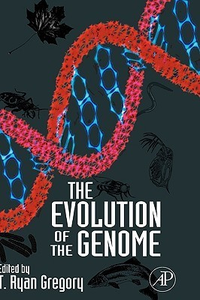 The Evolution of the Genome
The Evolution of the Genomeby T. Ryan Gregory
-
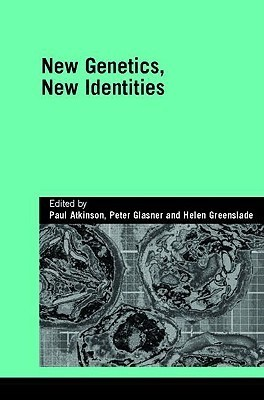 New Genetics, New Identities
New Genetics, New Identitiesby Paul Anthony Atkinson
-
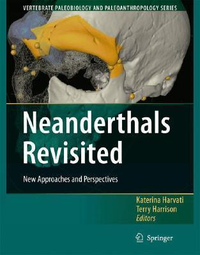 Neanderthals Revisited: New Approaches and Perspectives
Neanderthals Revisited: New Approaches and Perspectivesby Katerina Harvati
-
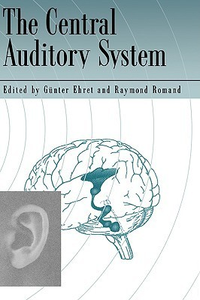 The Central Auditory System
The Central Auditory Systemby Gunter Ehret
-
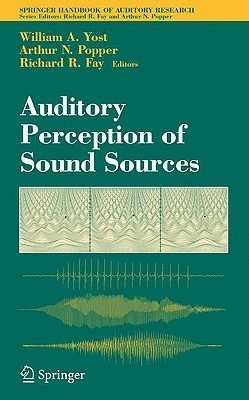
-
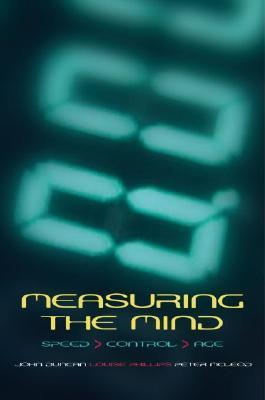 Measuring the Mind: Speed, Control, and Age
Measuring the Mind: Speed, Control, and Ageby John Duncan
-
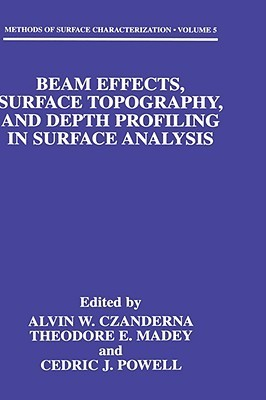 Beam Effects, Surface Topography, and Depth Profiling in Surface Analysis
Beam Effects, Surface Topography, and Depth Profiling in Surface Analysisby Alvin Warren Czanderna
-
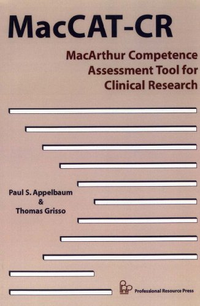 Macarthur Competence Assessment Tool for Clinical Research
Macarthur Competence Assessment Tool for Clinical Researchby Paul S. Appelbaum
-
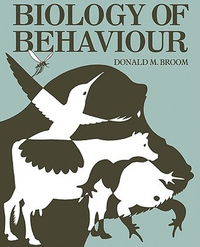 Biology of Behaviour: Mechanisms, functions and applications
Biology of Behaviour: Mechanisms, functions and applicationsby Donald M. Broom
-
 Measuring Movement and Locomotion: From Invertebrates to Humans
Measuring Movement and Locomotion: From Invertebrates to Humansby Klaus Peter Ossenkopp
-
 Advances in Neural Population Coding (Volume 130)
Advances in Neural Population Coding (Volume 130)by M.A.L. Nicolelis
-
 Instrumental Measurement of Sensory Quality Attributes in Food
Instrumental Measurement of Sensory Quality Attributes in Foodby Lester A. Wilson
-
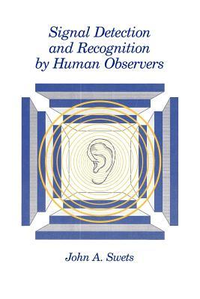 Signal Detection and Recognition by Human Observers
Signal Detection and Recognition by Human Observersby John A. Swets
-
 Developmental Psychobiology New Methods and Changing Concepts
Developmental Psychobiology New Methods and Changing Conceptsby Harry N. Shair
-
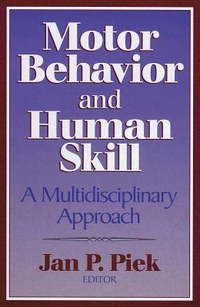 Motor Behavior and Human Skill: A Multidisciplinary Approach
Motor Behavior and Human Skill: A Multidisciplinary Approachby Jan P. Piek
-
 The Neurobiology of Behavior: An Introduction
The Neurobiology of Behavior: An Introductionby Gordon J. Mogenson
-
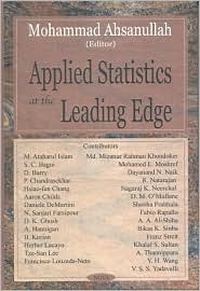 Applied Statistics at the Leading Edge
Applied Statistics at the Leading Edgeby Mohammad Ahsanullah